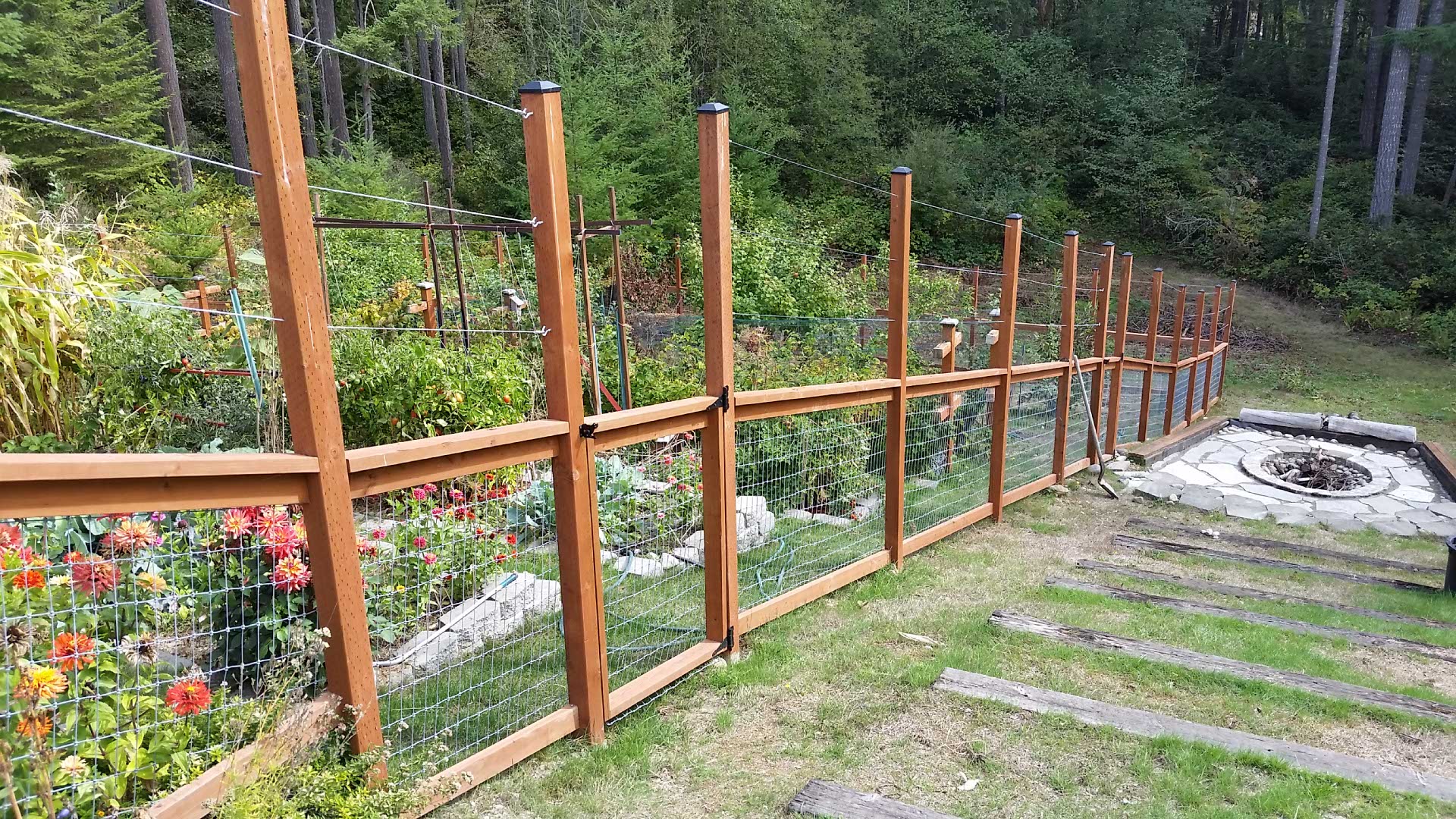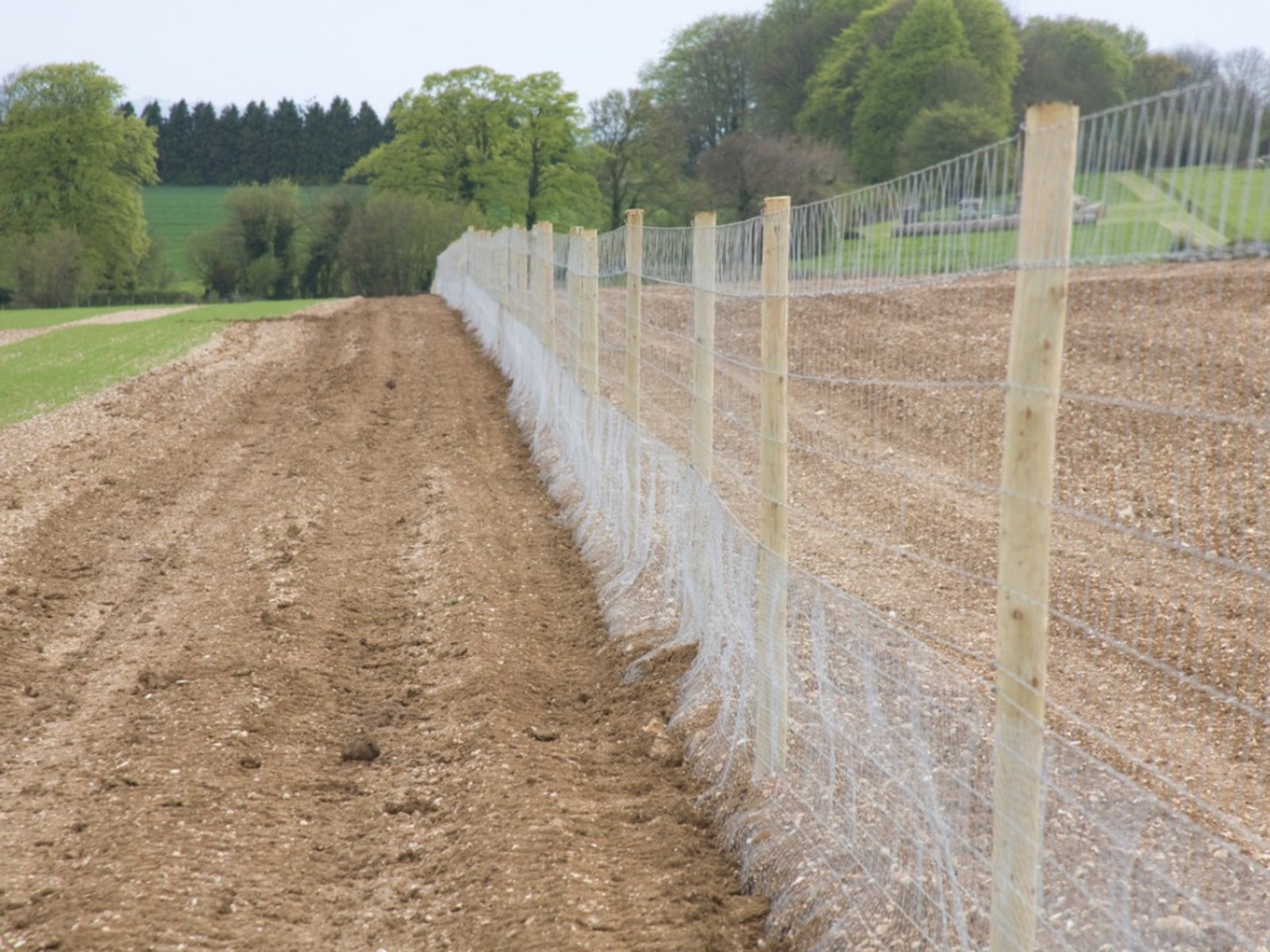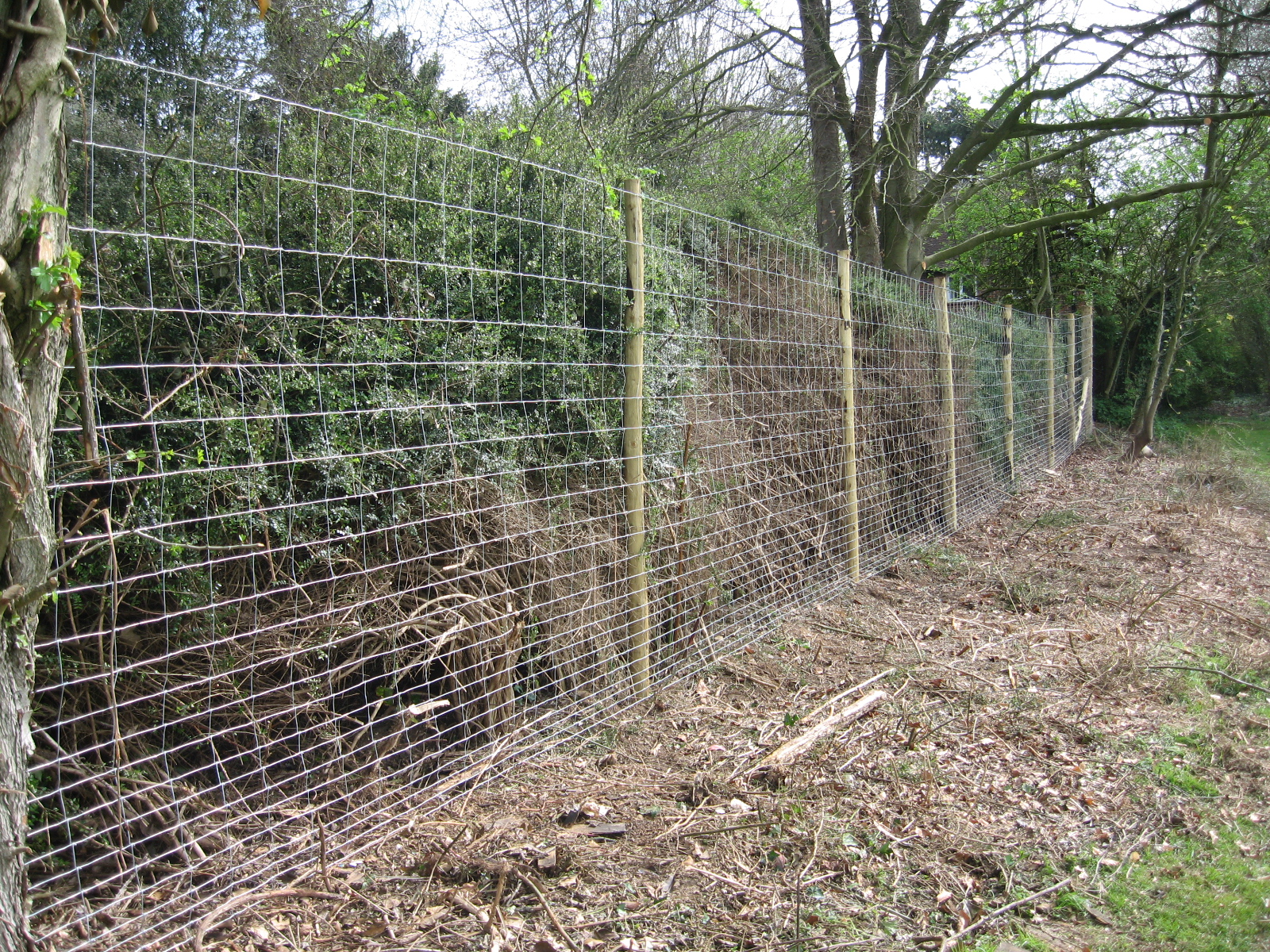
Introduction
Deer are beautiful creatures that can be found in various regions around the world. However, they can also be a nuisance when it comes to your property and garden. If you are tired of deer damaging your plants and wreaking havoc in your yard, it's time to consider installing a deer fence. In this article, we will explore the benefits of a deer fence, different types available, and how to choose the right one for your needs.
Why Install a Deer Fence?
Deer are notorious for nibbling on plants and shrubs, which can be devastating for your garden. They can also trample on delicate flowers and vegetables, leaving a trail of destruction behind. By installing a deer fence, you can establish a barrier that prevents these animals from entering your property and causing damage.

Types of Deer Fences
There are several types of deer fences available in the market, each with its own unique features and benefits. Here are a few popular options:
1. Metal Deer Fences
Metal deer fences are durable and long-lasting. They are typically made of steel or aluminum, offering excellent protection against deer. These fences are also resistant to weather conditions, ensuring they remain intact for years to come.
2. Electric Deer Fences
Electric deer fences are a popular choice for those seeking a humane way to deter deer. These fences deliver a mild electric shock to the deer upon contact, effectively training them to stay away from your property. They are safe for both humans and animals.

3. Wooden Deer Fences
Wooden deer fences offer a natural and aesthetically pleasing solution to keep deer at bay. These fences blend well with the surroundings and can be customized according to your preferences. However, they may require regular maintenance to prevent rotting or warping.

Choosing the Right Deer Fence
When selecting a deer fence, there are a few factors to consider:
1. Height
The height of the deer fence is crucial in determining its effectiveness. Deer can jump up to 8 feet, so it's recommended to install a fence that is at least 8 feet high to prevent their entry.

2. Material
Choose a material that suits your needs and budget. Metal fences are more durable but may be more expensive, while wooden fences offer a natural look but require maintenance. Electric fences provide a humane option but require electricity.
3. Maintenance
Consider the level of maintenance required for the fence you choose. Some fences may need regular upkeep, such as painting or repairing, while others may be low maintenance.
Conclusion
A deer fence is an effective solution to protect your property and garden from the destructive behavior of deer. By choosing the right type of deer fence and considering factors like height, material, and maintenance, you can create a safe and tranquil space free from deer damage. Install a deer fence today and enjoy a beautiful and thriving garden!